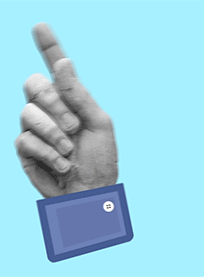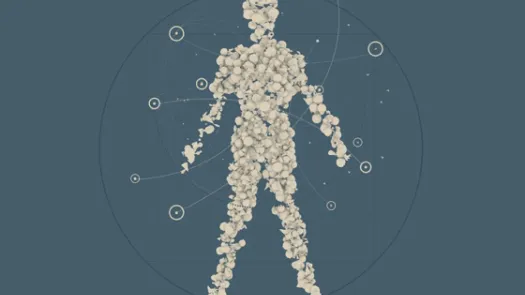A Snapshot of Corporate Profiling

We found the image here.
When we browse the internet, go to work, drive down the street, go shopping, interact with institutions, or simply move through the city, data is collected about us.
Advanced profiling technologies answer questions we did not raise. They generate knowledge we did not anticipate, but are eager to apply. As knowledge is power, profiling changes the power relationships between the profilers and the profiled.
In a world where everything we do becomes more and more traceable, profiling raises pressing questions: how can we protect people’s privacy when intimate information can be predicted from seemingly mundane data?
Pulled from a variety of academic papers, while volunteering with Privacy International, University of Wisconsin-Madison PhD student Nick Lally complied examples which show how seemingly disparate data points can be combined to create a meaningful profile of a person. The ramifications of this research show how easily individuals can be identified, re-identified and profiled, even from data that seems innocuous.
We have highlighted below some specific examples of data points from a mobile phone can be combined to profile a person, and the below report includes many other examples that include the use of medical, social media, location, and browsing data.
Some examples of what the research found:
-
Using only four points containing a timestamp and location taken from cell phone data, researchers were able to successfully track 95% of people.
-
With the knowledge of any four apps installed on users’ smartphones, researchers were able to successfully track 95% of users.
-
With a high level of precision, researchers were able to use knowledge of installed smartphone apps to figure out users’ personal information, including “religion, relationship status, spoken languages, countries of interest, and whether or not the user is a parent of small children” as well as gender.
-
Using various combinations of cell phone usage data (calls, SMS, bluetooth, and app usage), researchers have been able to predict users’ personality traits (extraversion, agreeableness, conscientiousness, neuroticism, and openness to experience).
-
Using cell phone usage data (call logs, bluetooth, cell towers, app usage, and phone status), researchers were able to make highly accurate predictions of users’ friendships.
-
Researchers used cell phone call data to highly accurately classify contacts as social, family, or work related.
-
In a study that tracked the cell phone usage (bluetooth, call logs, and SMS) of 26 couples, researchers were able to predict the spending behavior of those couples.
-
Researchers were able to use cell phone usage history (call logs, contact data, and location) to predict users’ socioeconomic status.
-
Location data retrieved from cell phones allowed researchers to understand the evolution of relationships in a student dorm.



